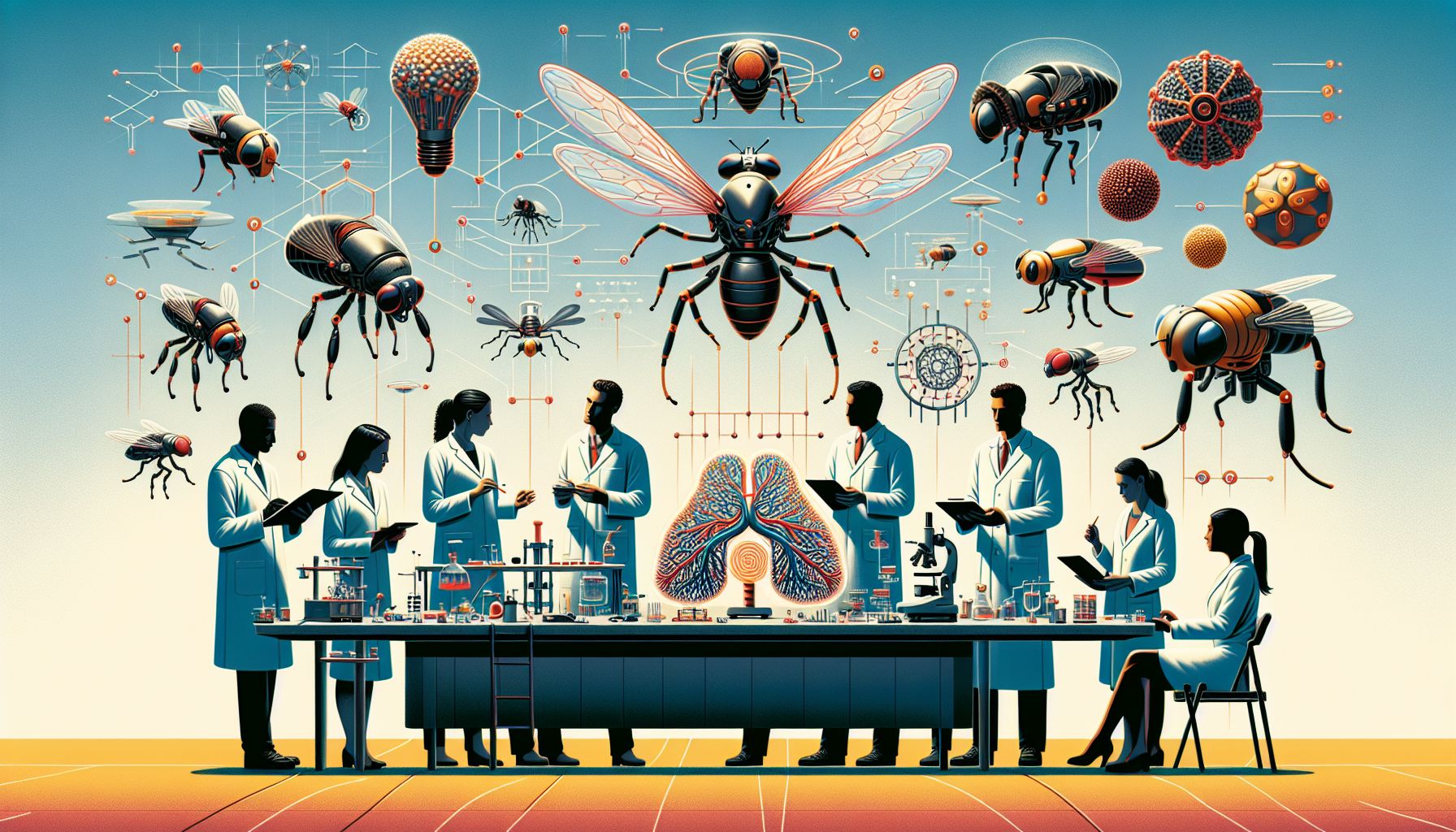Revolutionizing Miniature Robotics: Neuromorphic Tech Enables Insect-Sized Drones

Researchers have developed a neuromorphic vision-to-control system using spiking neural networks, significantly enhancing the autonomy and size reduction of drones, potentially leading to the creation of insect-sized intelligent robots.
A Leap in Drone Technology
The neuromorphic vision-to-control system developed by researchers from Delft University of Technology in the Netherlands marks a significant advancement in drone technology. This system operates on a sophisticated five-layer spiking neural network with 28,800 neurons, capable of processing raw event-based camera data to accurately estimate the drone’s 3D motion. The integration of this technology into drones allows for complex maneuvers such as hovering, landing, and sideways navigation, much like the agile movements of insects.
Efficiency and Speed
What sets this technology apart is its incredibly low power consumption and high processing efficiency. The neuromorphic processor, specifically Intel’s Loihi, consumes only 0.94 watts of idle power and an additional 7-12 milliwatts during operation. This efficiency is critical in mimicking the biological processes of animal brains, allowing the drones to operate more like living creatures than mechanical devices. The system’s ability to process information at a frequency of about 200 Hz supports rapid real-time decision-making, essential for autonomous flight.
Training and Challenges
Despite its advantages, the neuromorphic system faces challenges, particularly in training the spiking neural networks. The size constraints of existing embedded neuromorphic processors limit the complexity of achievable networks, posing hurdles in training these systems to perform reliably in varying environmental conditions. However, the self-supervised learning and evolutionary algorithms for control have demonstrated robust performance, showing potential for overcoming these limitations.
Implications and Future Prospects
The successful deployment of neuromorphic technology in drones could revolutionize fields such as agriculture, surveillance, and logistics. These drones could monitor crops, inspect infrastructure, and manage inventory with unprecedented efficiency and agility. Looking forward, the ongoing research and development are expected to further miniaturize neuromorphic hardware, enhancing the drones’ capabilities and potentially enabling the mass deployment of intelligent robotic insects for a variety of practical applications.
Bronnen
- interestingengineering.com
- tech.cornell.edu
- www.sciencedaily.com
- dronexl.co
- www.linkedin.com
- www.edge-ai-vision.com

